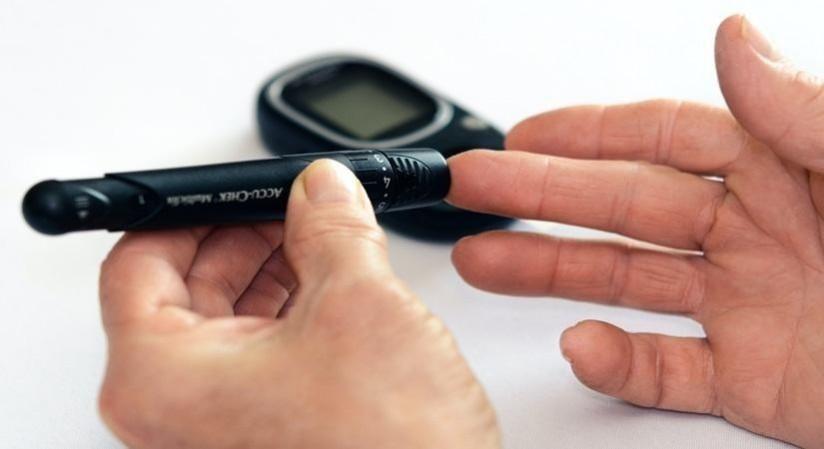Researchers at Texas A&M University in the US are working to create a fully injectable continuous glucose monitor (CGM) so small it rivals a grain of rice and can be used with an external optical reader to measure sugar levels at any given time.
Two faculty members from the Department of Biomedical Engineering at the university have received a National Science Foundation (NSF) grant to fund a multidisciplinary project to develop an injectable, grain-of-rice-sized glucose biosensor and wearable device.
"Continuous glucose monitors (CGMs) are commercially available, but most of them are indwelling, meaning there is a needle in the skin connected to a patch on the arm," said co-principal investigator and Regents Professor, Dr Gerard Cote.
"There is one CGM that is totally implantable, but it is much bigger than ours and requires a doctor to surgically implant it with an incision," he added.
Cote and his lab are designing the injected sensor's chemistry and developing the watch-type reader device.
The sensor is put under the skin and analysed using light from the watch-like device to determine the glucose concentration.

The reader sends the signal to a cell phone and the patient can share the results with their health provider.
"The chemical assay in the injectable sensor is used to determine the concentration of the glucose within the tissue, and the watch device sends in light and measures the fluorescence from the sensor to give the sugar concentration," Cote explained.

The sensor and wearable reader employ an optical sensing technology that addresses the challenges associated with biosensing for populations of darker skin tones.
"We use chemistry that has a fluorescent colour that emits in the red and infrared range rather than green light, which works better for the darker skin tones," Cote said.
(With inputs from IANS)

















